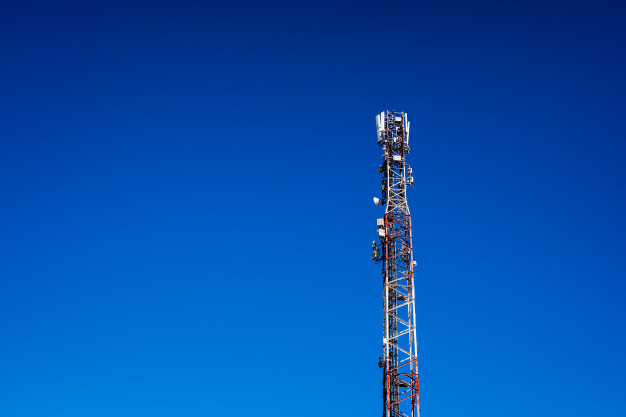GSM is also known as a second-generation or 2G mobile phone system. With the advancement in technology, the telecommunication system has completely changed; however, GSM is still widely used and relied upon today throughout the world.
Introduced in the year 1991, it is still used for voice calls as well as some low data rate services that require its use. Originally, GSM meant Groupe Speciale Mobile, but it changed to Global System for Mobile Communications as the system spread on an international basis. The use of the second generation exceeded all the expectations. Previously, it has been conceived as a European system, but later on, its use spread throughout the world, and by 2004, there were billions of subscriptions – an outstanding achievement as it has taken over 100 years for landlines to reach this point.
No doubt, technology has moved on expressively since the introduction of GSM. It is still in widespread use as telephone systems are low cost, and battery usage small allows battery charge intervals to be often a week or more.
What is GSM?
The GSM system is also known as a second generation cellular phone technology. The primary aim was to provide a system that would enable greater capacity to be achieved that previously used first generation analogue systems. GSM achieved this by using a digital time division multiple access approach (TDMA).
With the help of this technology, more users could be accommodated within the available bandwidth. Using the previous analogue cellular technologies, it was possible to listen to calls and a number of popular personalities with a scanner receiver.
GSM Services
Voice calls are the primary function of the second generation. To achieve it, the speech is digitally encoded and decoded using a vocoder. There are several types of vocoders available to use, being aimed at different scenarios.
Along with voice services, GSM cellular technology can support several varieties of other data services. However, their performance is nowhere near the level of those provided by 3G; they are still important and useful. Different types of services are supported with user data rates up to 9.6 kbps. It also includes Group 3 facsimile, videotext, and Teletext.
One of the most common services is the short message service (SMS). Short message service or SMS can be thought of as being similar to the paging service, but it is something that allows bi-directional messaging, store, and forward delivery. It can also provide an alphanumeric message of a reasonable length. This service has become very popular, initially with the young as it provided a simple, low fixed cost.
Basics of GSM
GSM cellular technology came with a number of design aims along with the development:
- It should provide good subjective speech quality
- It should come with low phone or terminal cost
- Terminals should be handheld
- It should support international roaming
- It should offer spectral efficiency
- It should offer ISDN compatibility
GSM base station cellular technology was developed to provide all of these facilities. The overall GSM definition describes not only the air interface but also the network or infrastructure technology.
By choosing this approach, it is possible to define the operation of the overall network to enable international roaming along with enabling network elements from several manufacturers to operate each other; however, this last feature did not fully work out, especially with older items.
GSM System Overview
- Multiple access technology: FDMA/TDMA
- Duplex technique: FDD
- Uplink frequency band: 890 – 915 MHz
- Downlink frequency band: 933 – 960 MHz
- Channel Spacing: 200 kHz
- Modulation: GMSK
- Channel Data Rate: 270.833 kbps
- Frame Duration: 4.615 ms
- Speech Channels per RF channel: 8
